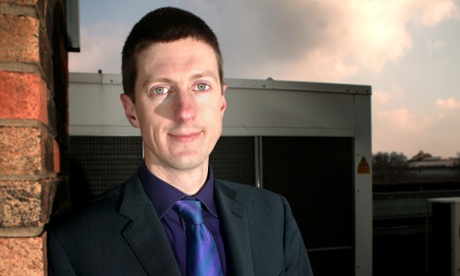
Public services face a “rollercoaster” ride over the next five years, the government’s fiscal watchdog has predicted, after George Osborne trimmed his austerity plans in the budget.
The Office for Budget Responsibility has made radical changes to its public finances outlook after Osborne used his pre-election budget to scrap plans that would have meant the biggest squeeze on public spending since the 1930s by the end of this decade.
The chancellor now plans deeper cuts in the nearer term, which, along with a windfall from the sales of some government assets, will give him leeway to raise spending in 2019-20.
The OBR predicts day-to-day public spending on public services will now be £28.5bn higher for 2019-20 than it had pencilled in at the time of the autumn statement in December.
The OBR’s chairman, Robert Chote, sought to put that surge in spending into context. “This is equivalent to 1.3% of GDP, or roughly the entire day-to-day departmental budget of the Ministry of Defence,” he said, presenting the OBR’s latest outlook after the chancellor’s budget speech.
Summarising the effects of the coalition’s latest assumptions, Chote suggested less than optimal conditions for those running public services in the years ahead.
“The new assumption agreed by the coalition delivers a slightly tighter squeeze on total spending through to 2018-19 and then a much looser one in 2019-20, so that total spending is no longer on course to reach its lowest share of GDP since before the war,” he said.
“One important consequence of all of this is that implied public services spending is on a rollercoaster profile through the next parliament, with deeper real cuts in the second and third years than we have seen to date, followed by the sharpest increase for a decade in the fifth.”
The OBR’s latest forecasts for the economy were little changed from December. It expects GDP to grow 2.5% this year, up from the previous forecast of 2.4%. Growth next year was also revised higher, to 2.3% from 2.2%.
Despite a government push to rebalance the economy away from over-reliance on domestic spending, the OBR said consumers would continue to provide much of the momentum in the near term, especially as lower inflation lifts real earnings.
“The boost to consumption more than offsets a weaker outlook for export growth and cuts in North Sea oil and gas production in these two years, but the fall in oil production continues and slightly reduces growth in 2017,” Chote added.
He also reprised a warning that, without a long-awaited recovery in the UK’s productivity growth, the outlook was uncertain for both GDP and real wage growth.

